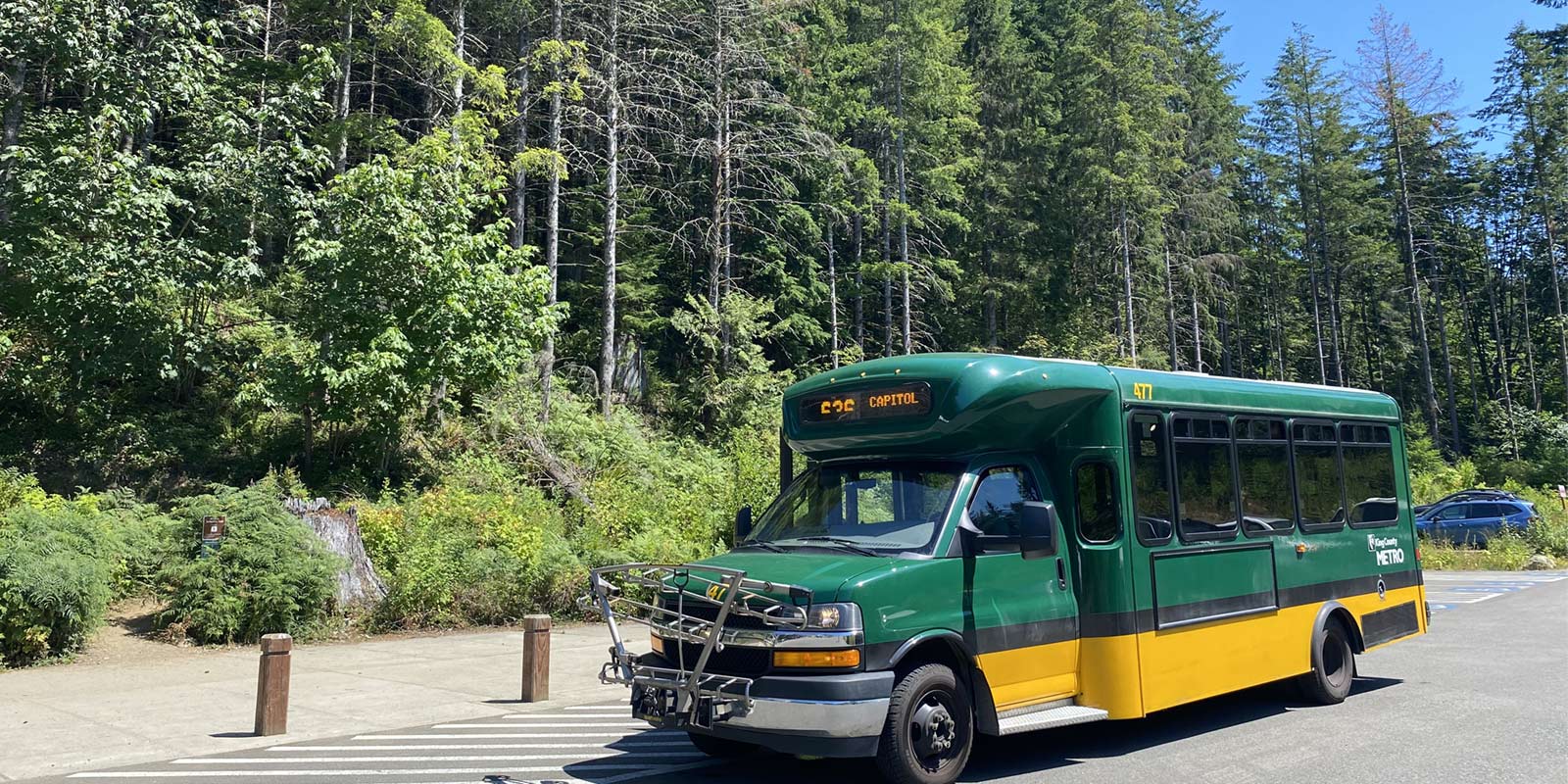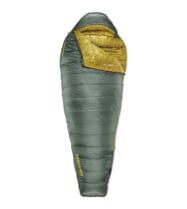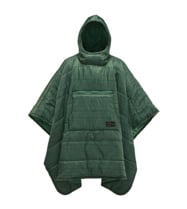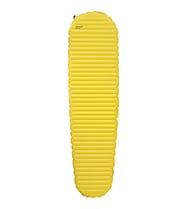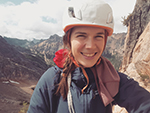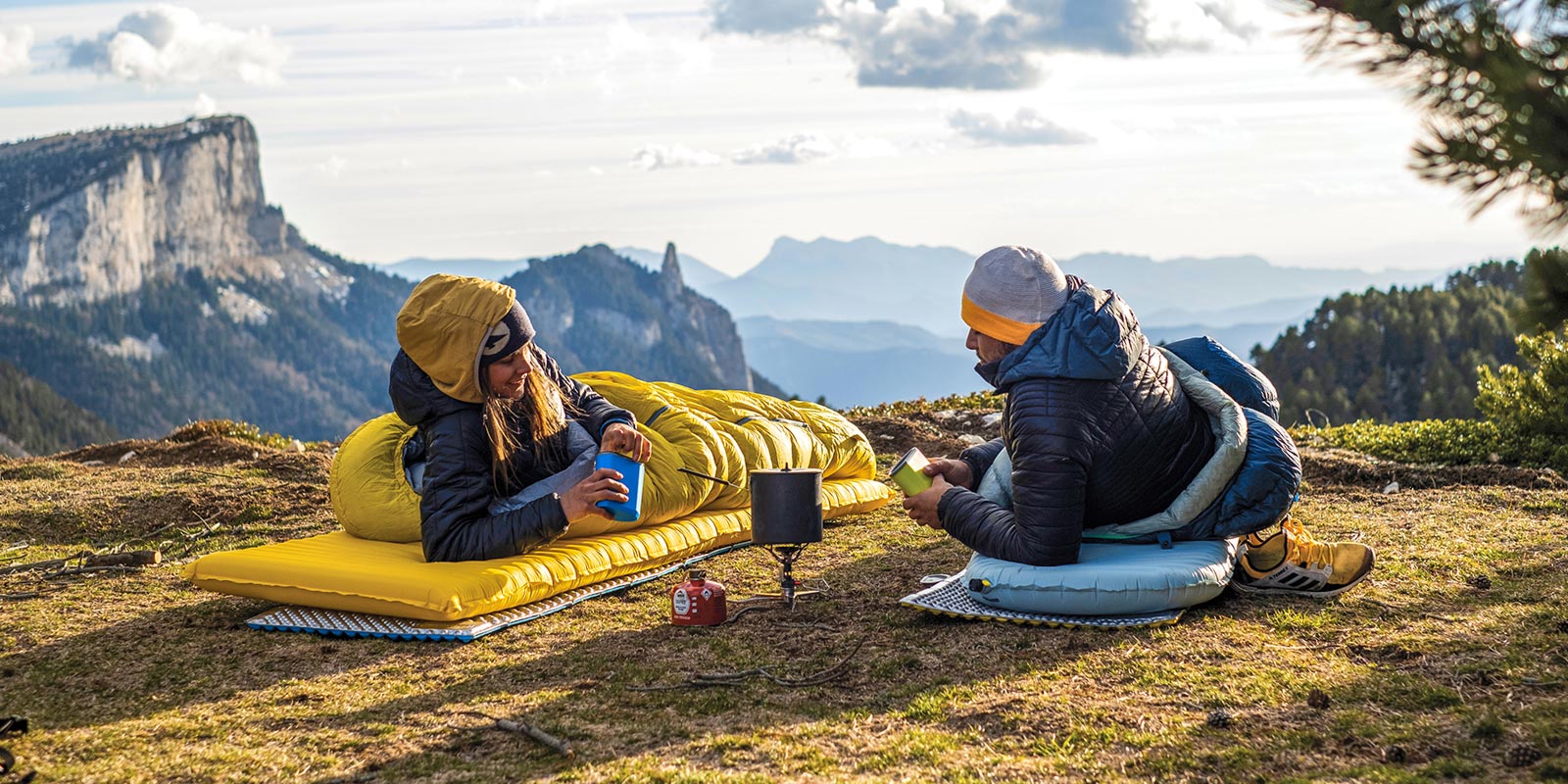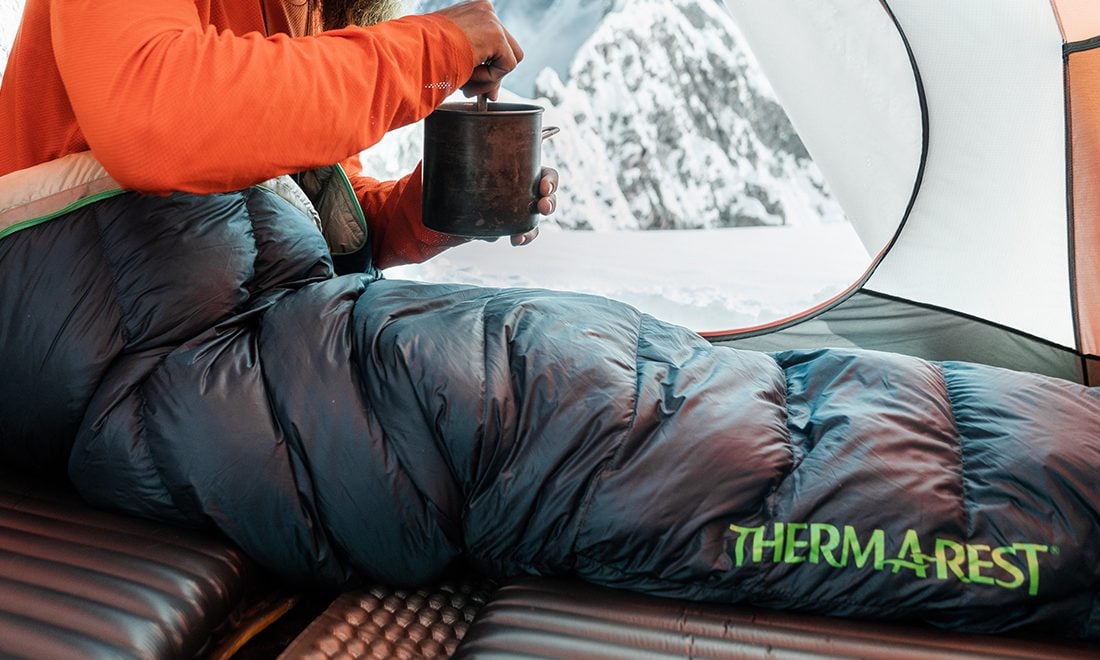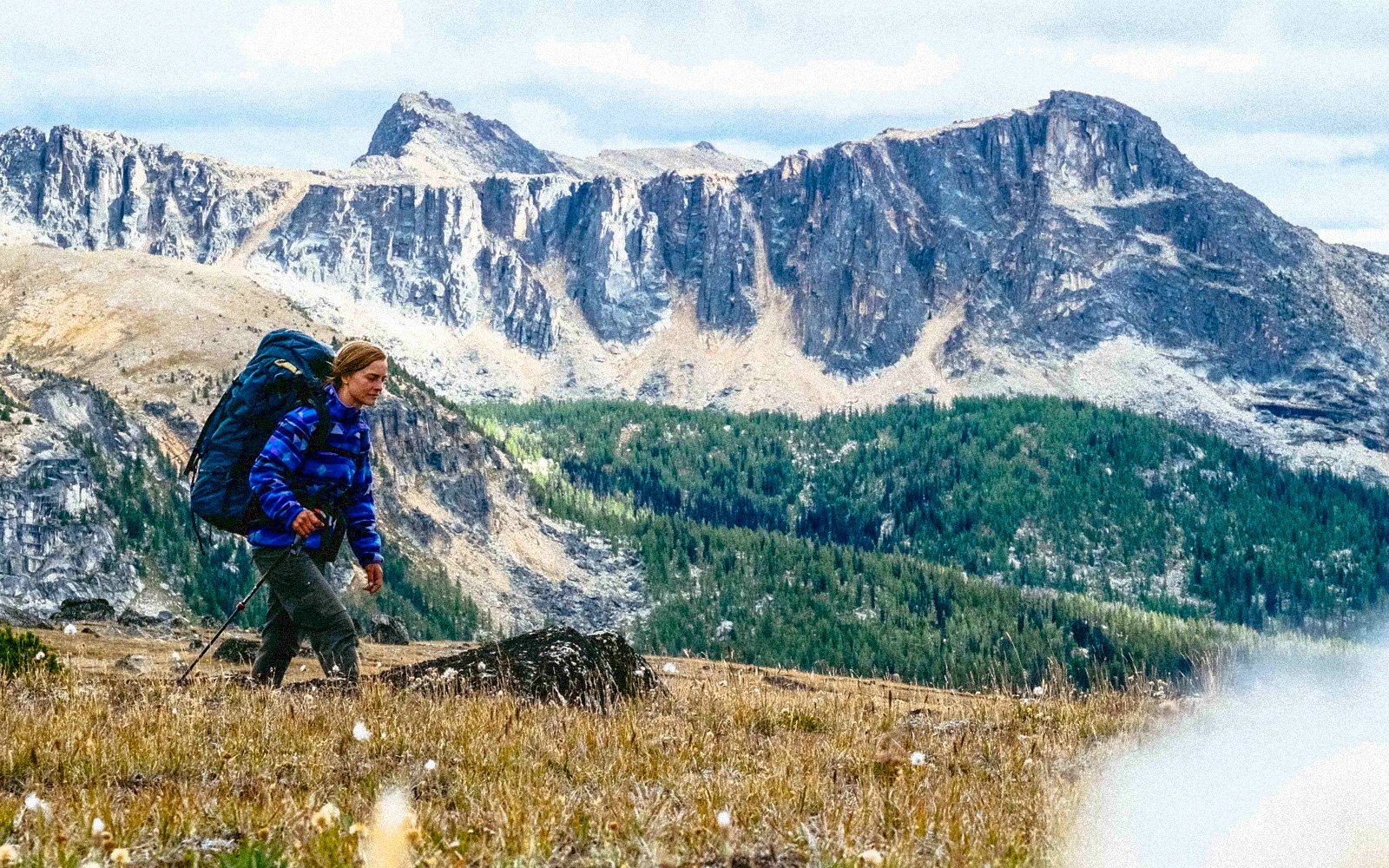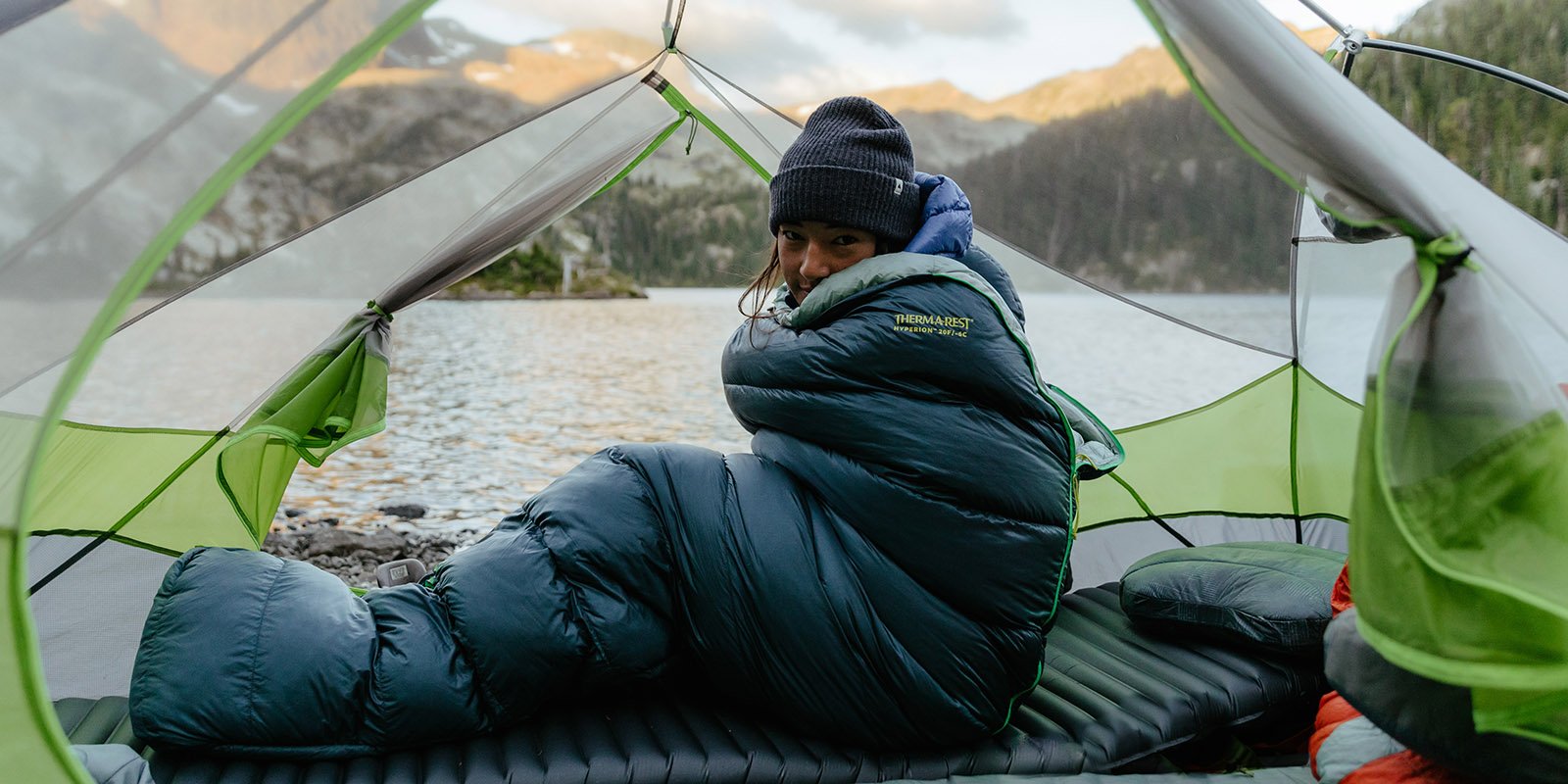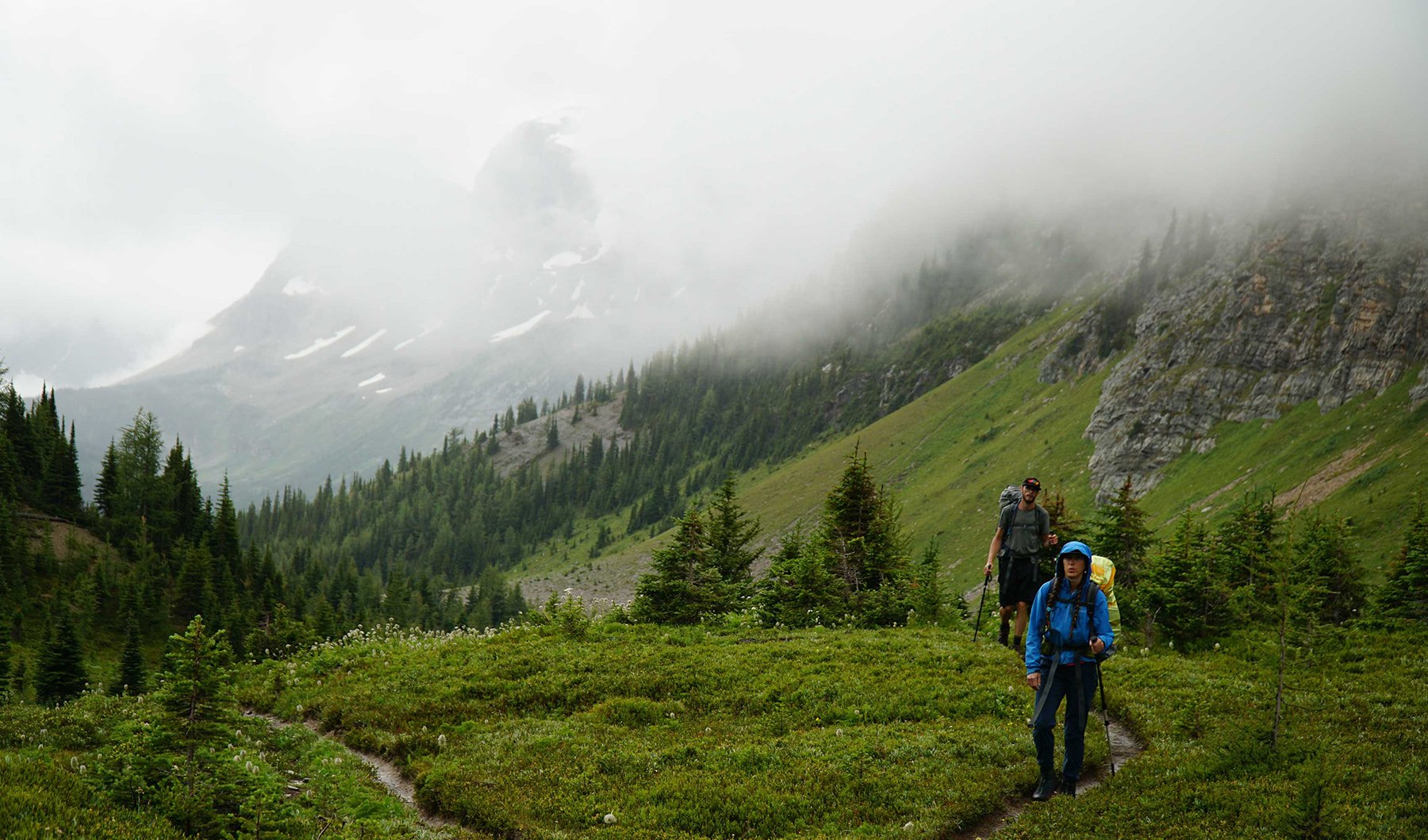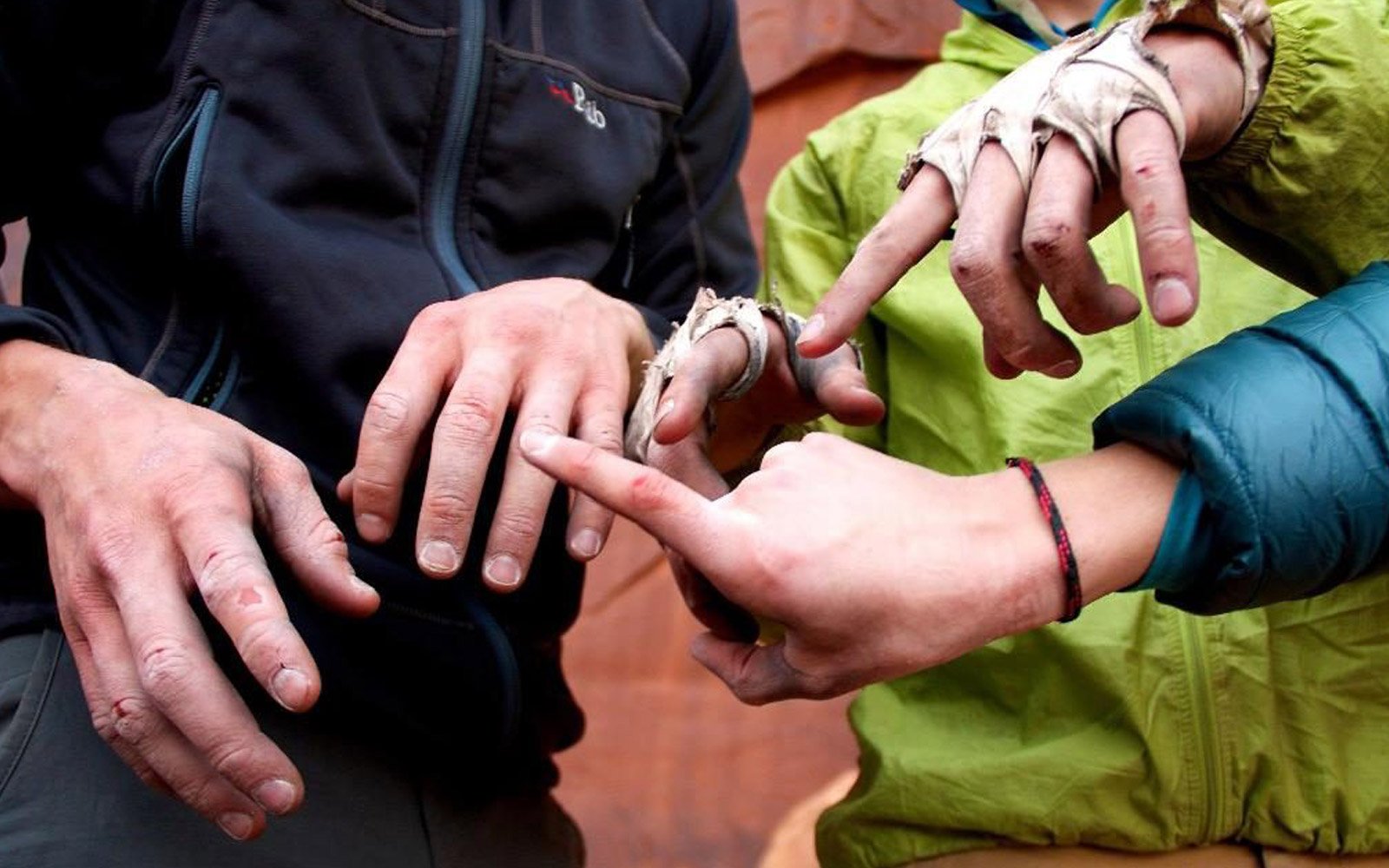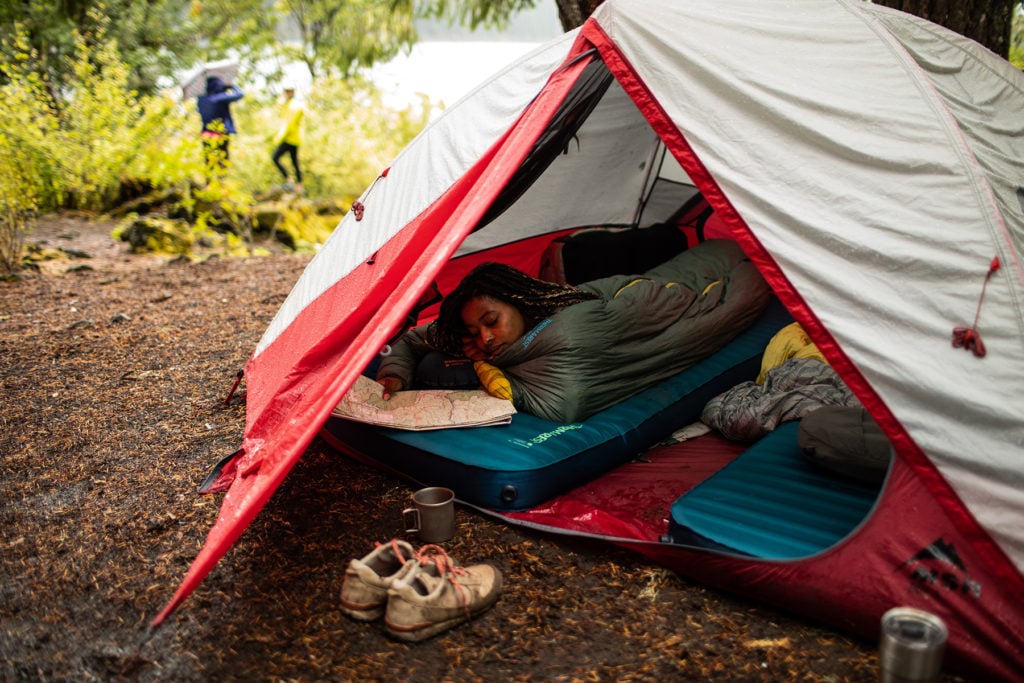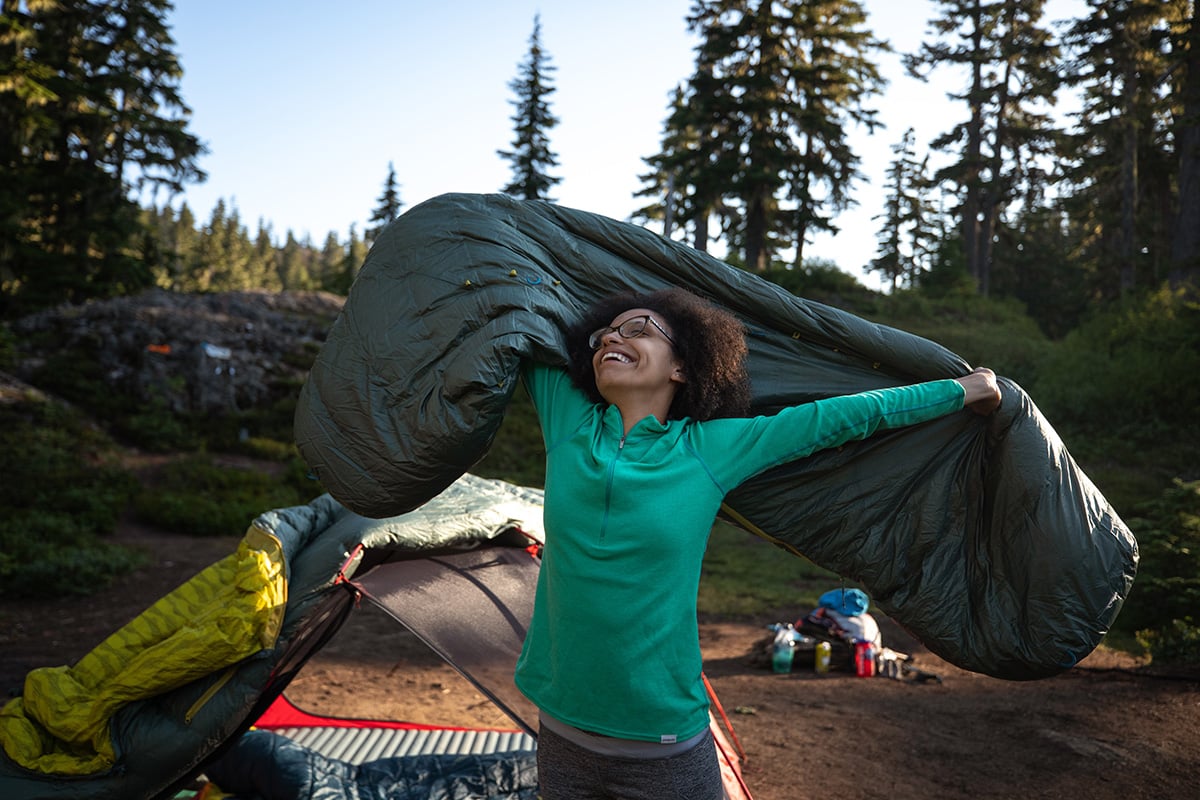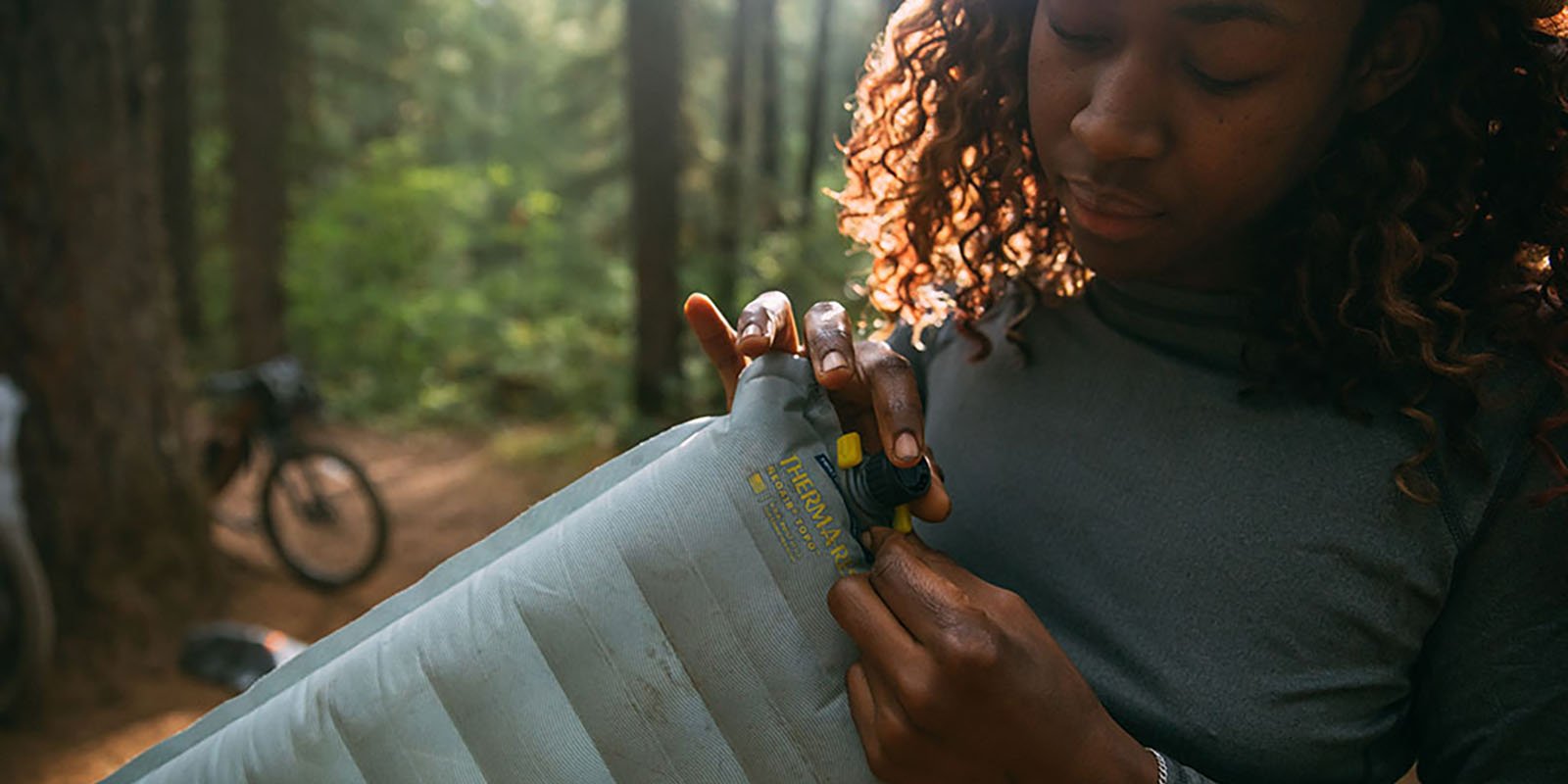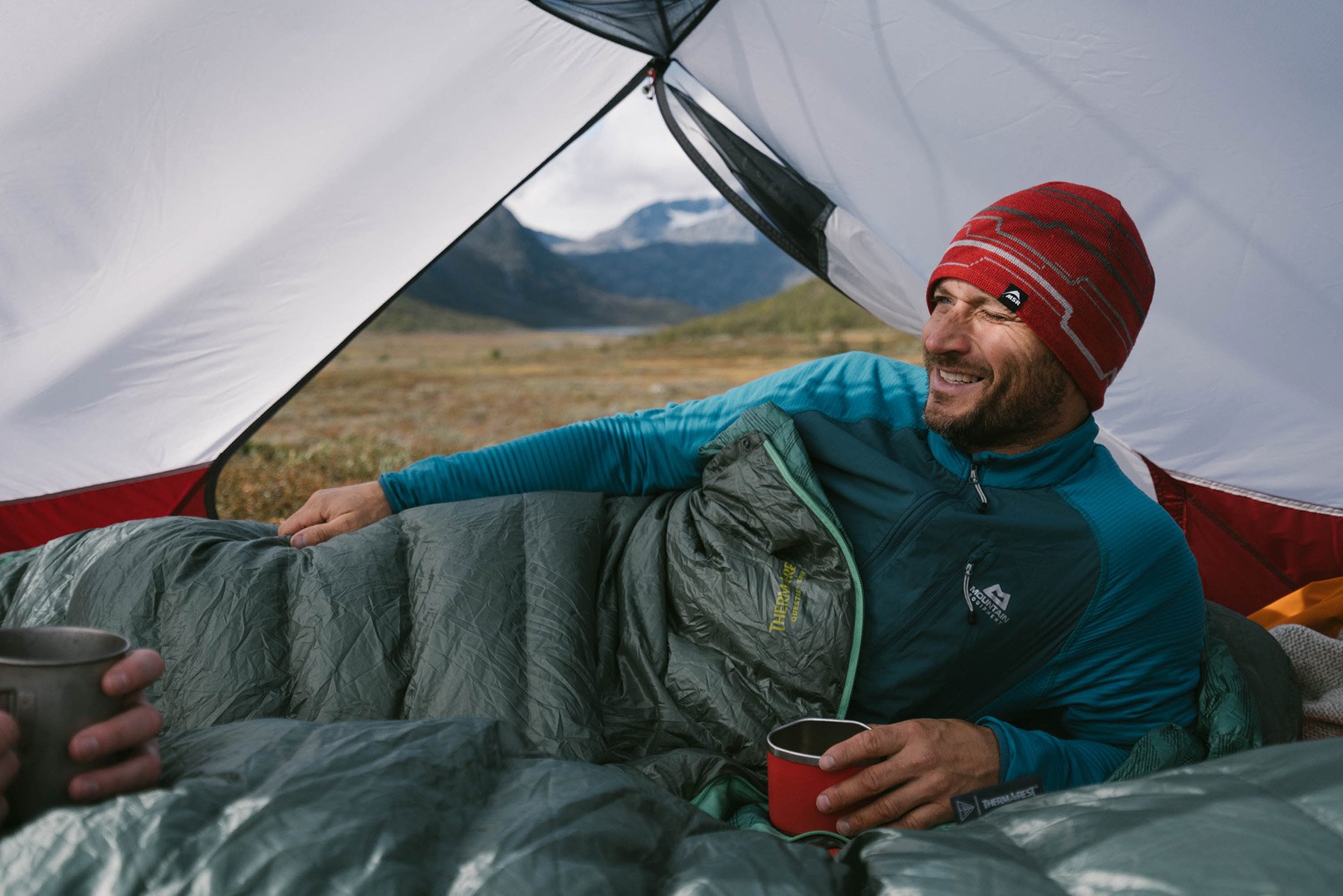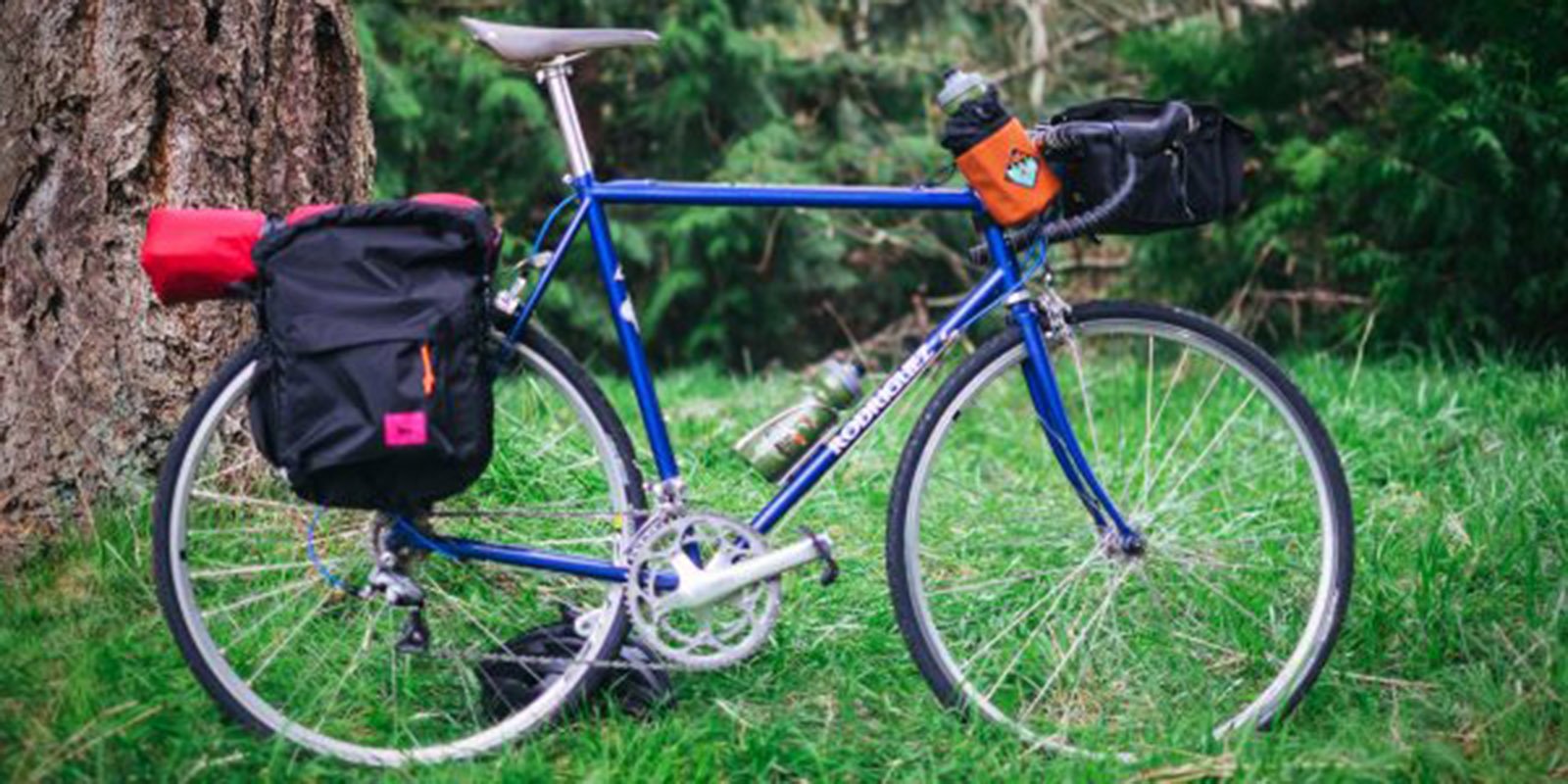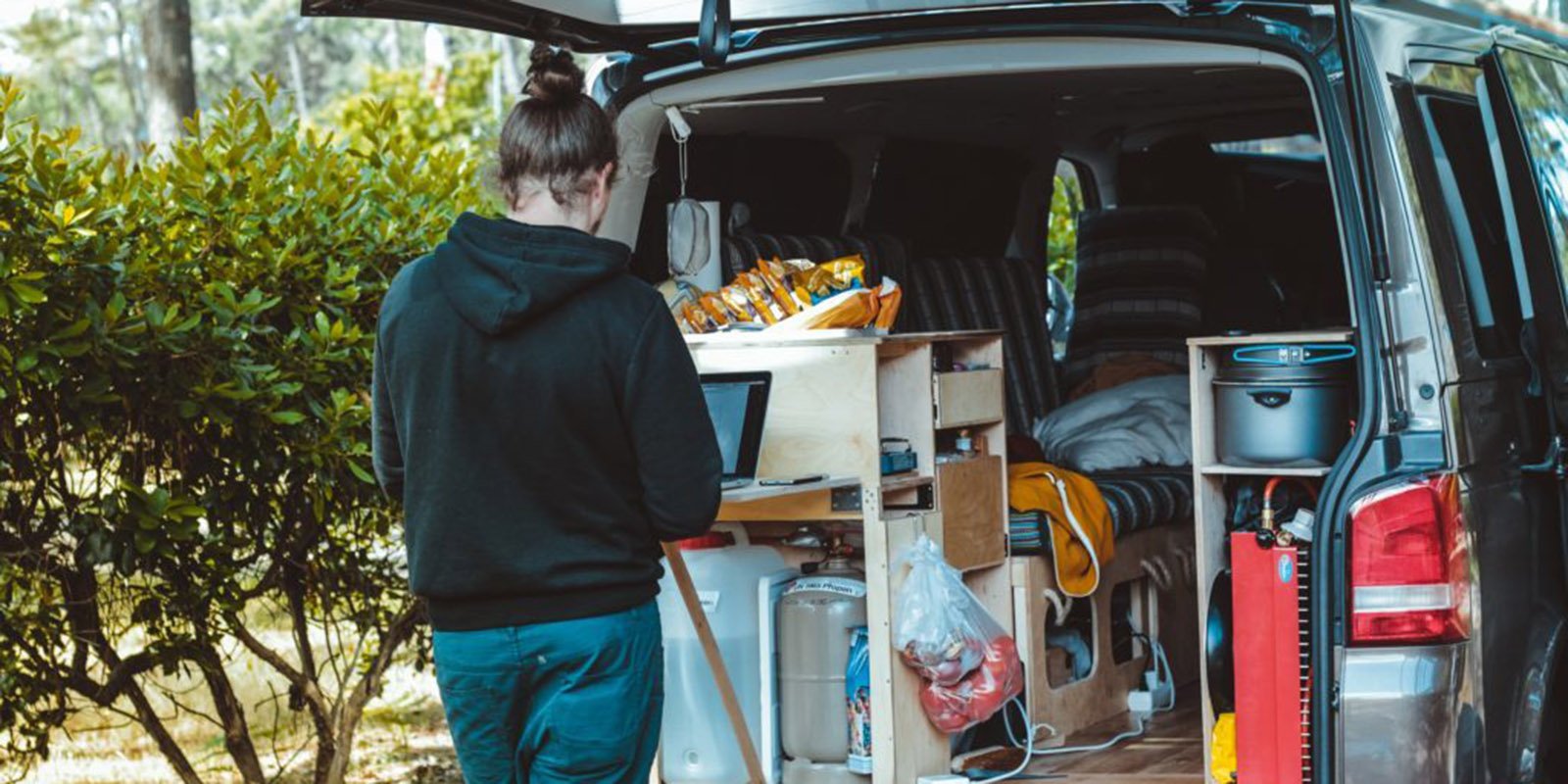Outdoor recreation has been shown to provide countless benefits to our physical and mental health, but outdoor access can come with a steep price tag. To make the two-hour drive to a trailhead, you need access to a vehicle, a full tank of gas, and the correct parking pass. Once you hit the trail, it’s helpful to have a rain jacket, hiking boots, and other gear to keep you dry, hydrated, and on track. All of this comes with costs that can present major barriers to getting outside.
In communities across the country, organizations and government agencies have mobilized to increase outdoor access. From buses that drop hikers off right at the trailhead to libraries that lend out hiking boots, creative solutions exist to reduce barriers. Of course, outdoor access goes beyond costs; historic disinvestment and structural racism, disabilities, and gaps in mentorship are just a few other pieces of the puzzle. But we’ve put together a list of some of our favorite initiatives that reduce the costs of an outdoor adventure.
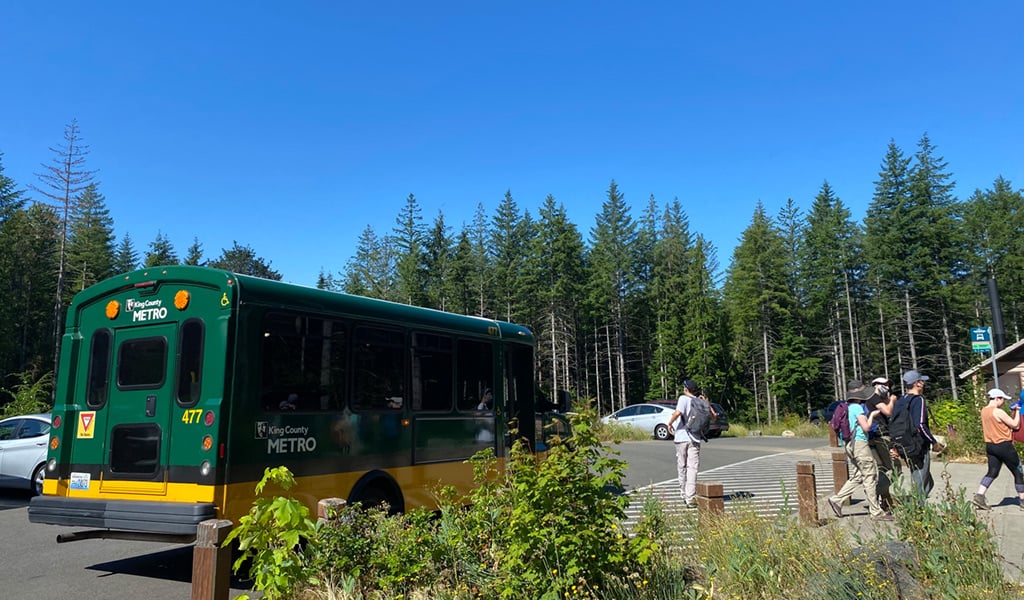
1. Public Transit to Trailheads
Several urban areas across the United States are building outdoor access into their transportation planning. Running on the weekends, Trailhead Direct takes Seattleites directly to the popular Mt. Si trail in Snoqualmie Valley. What started as an effort to reduce crowded trailhead parking has become an equity solution. Car-less city dwellers can now find a way to go hiking. The route starts in the Capitol Hill neighborhood, which can be accessed by light rail or bus from most other Seattle neighborhoods. The trip costs the same as a regular bus fare.
While few areas have buses dropping hikers off directly at trailheads, other municipalities have put together maps or guides to help riders access the outdoors using public transit. The 4T trail is a loop that connects trails with four different types of public transportation and explores the greenspaces of Portland, Oregon. This project didn’t require additional built infrastructure; a community group that advocates for trail systems in Portland secured funding for signs and advertising to popularize this public resource.
In 2021, Senator Cory Booker and Representative Jimmy Gomez reintroduced the Transit to Trails Act to congress. If signed into law, this bill would create funding opportunities for historically underserved rural and urban communities to develop transportation projects that increase outdoor access. Some organizations, like the Nature for All Coalition in Los Angeles, are already working with communities to dream up projects and create policies that would benefit from funding like this.
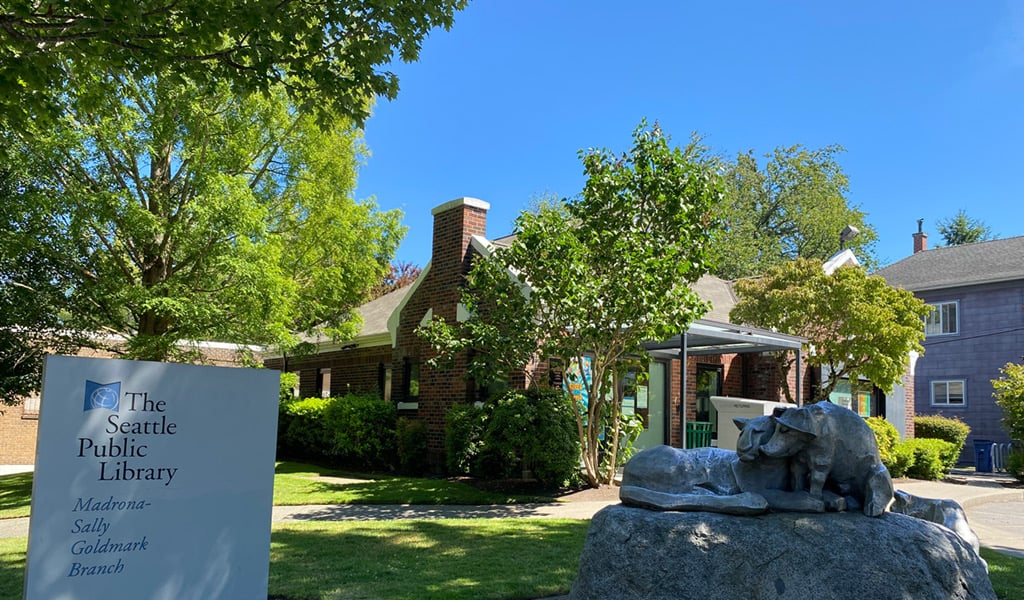 Visit your local library to check out a state parks pass for free.
Visit your local library to check out a state parks pass for free.2. Free State Park Passes at the Library
Have a vehicle but no parking pass? States in every region of the country have state park passes available for check out at public libraries. From Nature for All Coalition to Minnesota, Connecticut, and North Dakota, all you need is a library card to embark on an outdoor adventure. Some states, including Georgia, South Carolina, and Colorado, will even outfit the budding naturalist with a backpack containing plant and animal guides, binoculars, and information on Leave No Trace Principles. Libraries can also be a great resource for trip planning; Washingtonians can find maps, guidebooks, and more at local branches.
Not every state offers this as a regular service. Indianans could check out free passes while the state park system celebrated its centennial in 2016, but this program was discontinued in 2017. It’s also worth noting that these free passes only get you into state-owned public land. A state park pass will not be valid for those hoping to visit federal public lands like a national park or national forest. These places often have additional permit requirements to navigate, presenting further barriers.
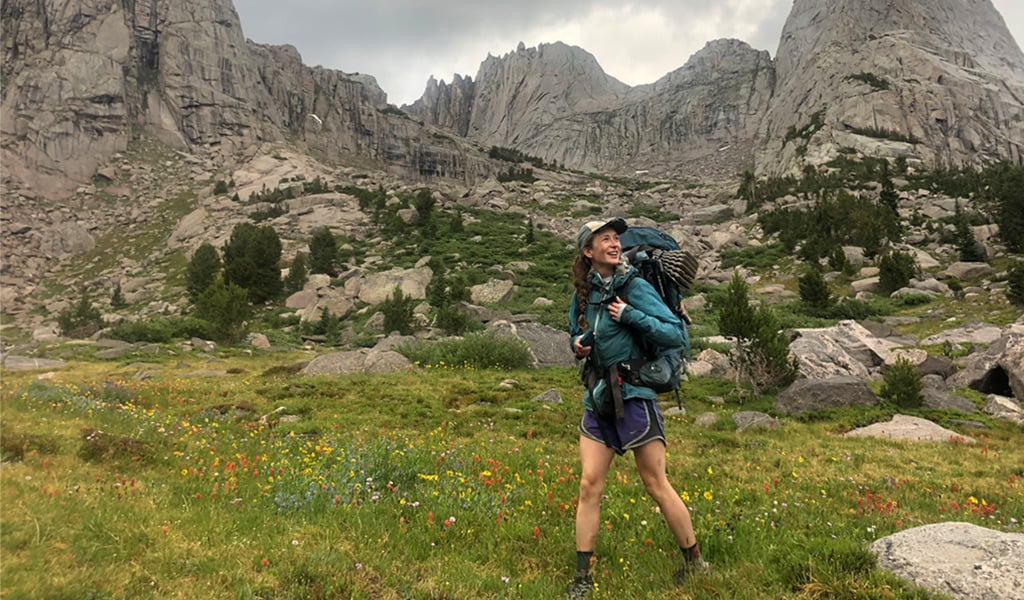
3. Buy Used with Outdoor Consignment
Though it might seem like there’s always some new, shiny piece of outdoor gear to buy, access to the benefits of nature is possible with little to no specialized equipment. To enjoy a walk in the park, for example, all you need is a pair of sneakers and maybe a water bottle. For more remote adventures, it’s a good idea to carry some additional equipment to deal with adverse conditions or in case of emergencies.
There are countless options to find used outdoor gear for lower prices, both online and in person. The Wonderland Gear Exchange in Seattle offers retail space for sellers to peddle their gently used outdoor goods, and buyers can find gear at a steep discount. Consignment stores typically retain a percentage of the sale, which can range from 10% to 60% or more depending on the store or the value of the item sold.
Inspired by an Instagram post calling for an end to “toxic gear culture,” Isella Outdoor Consignment provides an online platform for buying and selling used gear at more affordable prices. Sellers pay an advertising fee of $5.65 to the platform but otherwise, keep the profit from the sale. With less overhead and a smaller platform fee, buyers may find a better deal than they would from a traditional brick-and-mortar consignment store. Whether you sell online or in-person, consignment also benefits the planet; extending the life of used outdoor gear means less gets thrown into a landfill and reduces the production of new goods.
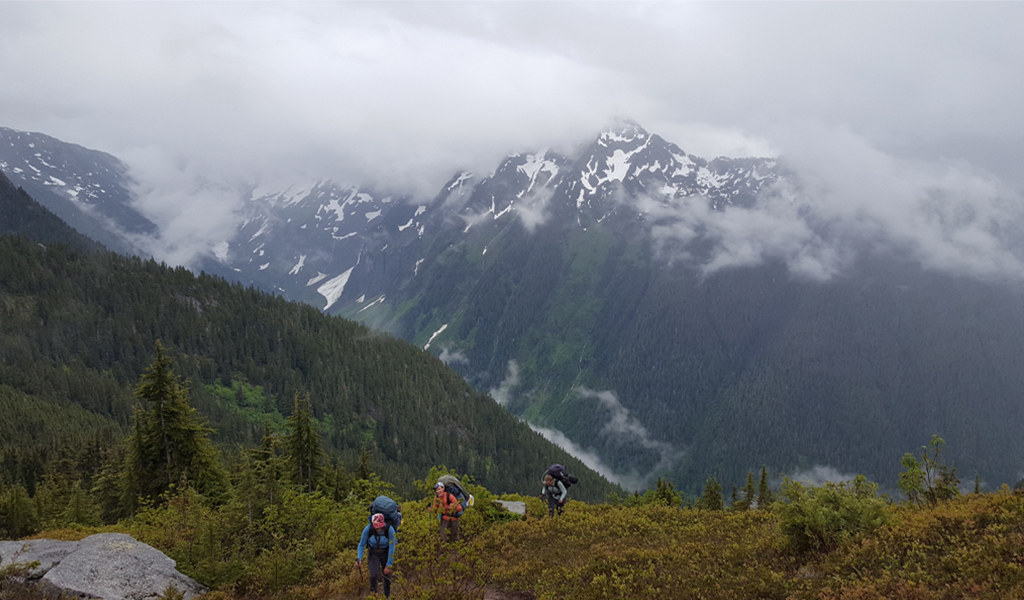
4. Borrow Instead of Buy
It’s possible to skip buying gear altogether and access the outdoors with the help of a lending library. Communities across the country have come together to make these shared resources available for those who wouldn’t otherwise have access to outdoor gear. Some gear libraries are set up specifically to outfit groups serving local youth. For example, Austin-based Families in Nature offers training in outdoor leadership for staff members at youth organizations. After completing the training, they can check out gear from the library for their group.
Other programs allow individuals or groups to borrow gear, like the Community Gear Library in Leadville, Colorado. While there is a suggested annual contribution for a membership, the organizers make clear that this fee is negotiable if it presents a barrier. This is similar to the model offered by the Mountaineers in Seattle; with a library card, anyone can borrow hiking, camping, or backpacking gear without prior outdoor experience. To check out equipment that might take the user into avalanche terrain, like snowshoes or cross-country skis, the program requires that borrowers have completed a course that teaches the skills necessary to navigate these risks.
Gear lending libraries are operated by nonprofits, schools, and even government agencies, like the ChicaGO Explorers Gear Library run by the Chicago Parks District. All the libraries mentioned here, along with many others, are members of the Outdoors Empowered Network (OEN). This organization partners with local communities to increase outdoor access through gear libraries and outdoor leadership training. OEN engages local leaders and helps provide the tools necessary to sustain community-led outdoor education programs. If you work with young people and want to expand access to the outdoors, you could become a program affiliate with OEN!
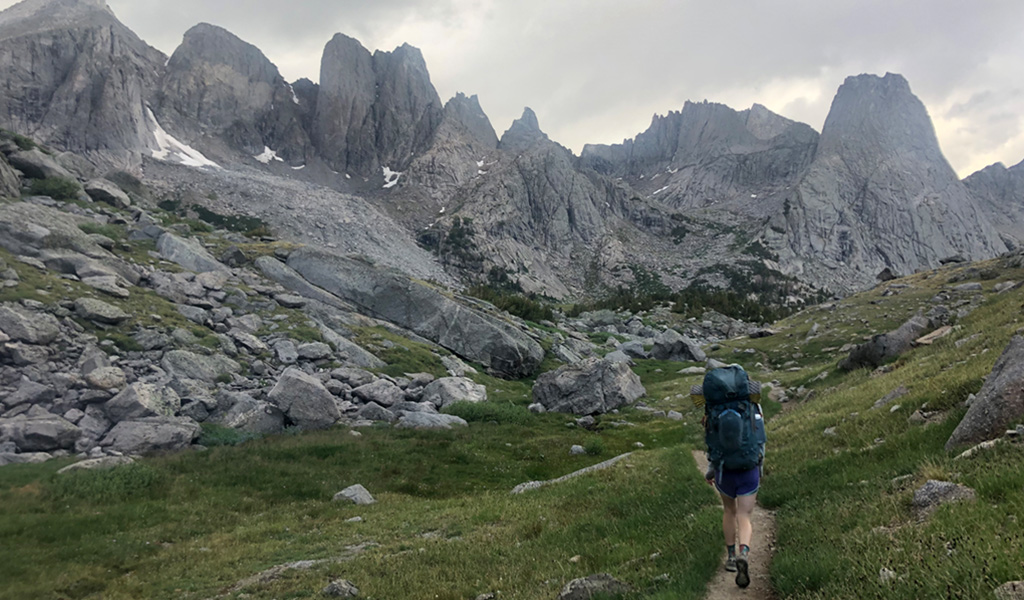
5. Get Kids Outside
Spending time outside benefits youth in so many different ways, yet access to outdoor opportunities is not ubiquitous—or equitable—for young people. Therm-A-Rest is proud to partner with Big City Mountaineers (BCM), a national organization dedicated to increasing outdoor access for youth in disinvested communities. With locations in six regions in the United States, BCM offers free backcountry trips led by professional outdoor educators. Therm-A-Rest provides monetary support and gear donations, which helps BCM meet its goals of fully outfitting every youth participant with high-quality outdoor equipment.
Along with youth programs and grassroots community groups across the country, federal agencies have implemented structural initiatives to increase outdoor access. Through the Every Kid Outdoors program, all fourth graders can visit any site within the National Park System with their families for free. Educators can also plan trips for their class to visit public lands, where park rangers help students explore and learn about the natural world.
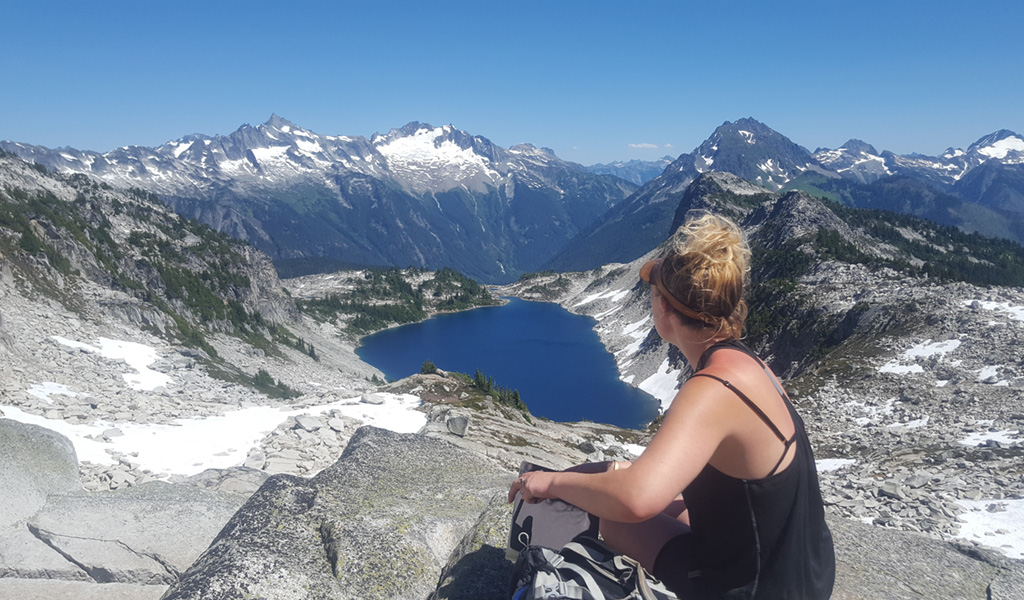
How You Can Get Involved in Accessibility Solutions
Our community knows the benefits of outdoor recreation firsthand; you’re probably here because you love backpacking, hiking, climbing, kayaking, or simply sleeping under the stars. That’s why we know that there are folks eager to be a part of creative solutions to increasing outdoor access.
Outdoor enthusiasts can consider participating in BCM’s Summit for Someone fundraising program, which creates a platform to use a personal adventure to raise money to help get kids outside. Therm-A-Rest contributor Meg Atteberry joined a climb of the Grand Teton as a fundraising challenge, a trip that ended up jump-starting her own climbing career, as well as increasing access for others.
The truth is that these solutions would have more impact if there was more significant structural change in place. This is why it is important to advocate for federal legislation that provides funding for projects that expand access to greenspace and protect public lands. You can also support community initiatives like gear libraries and local transit projects that help break down barriers to recreation. We hope these five solutions can be a model for other outdoor recreationalists to get involved in their communities and help expand access to the outdoors.
